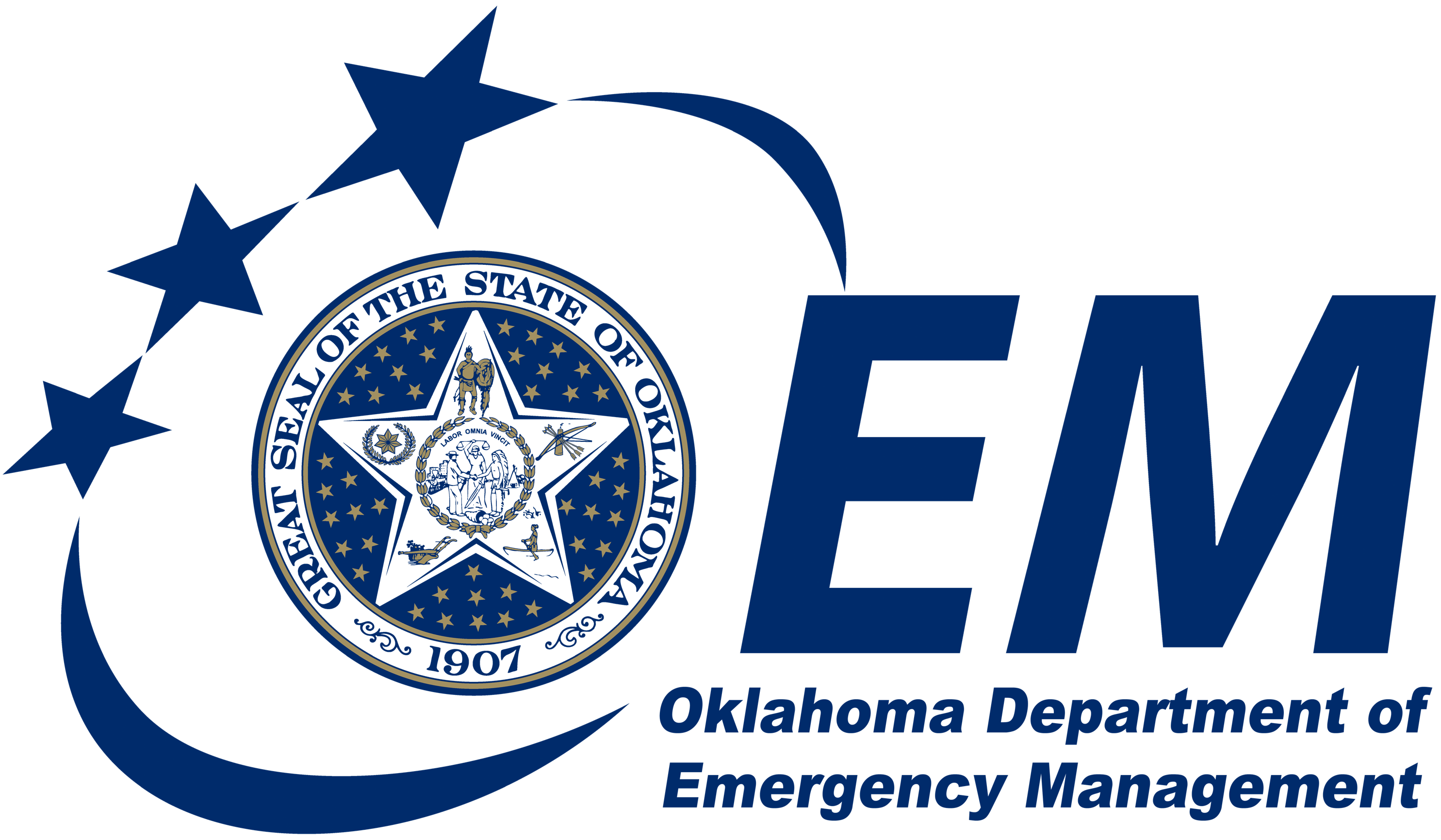With a plan you know what to do
You may have heard that the body doesn’t go where the mind has never been. In emergency planning, it’s important to consider every disaster that may affect your area and work to lessen the potential impact of those disasters. Contact your local emergency management office to discover hazards that might affect your area and mitigation ideas.
Create an emergency plan with your family
Schedule a family meeting to discuss the dangers of possible natural and man-made disasters in your area (tornado, fire, flash flood; terrorism, hazardous chemical spill, active shooter; etc.), and discuss how you and your family will respond to each, including provisions for power outages and personal injuries.
Be sure to consider how your alerts and warnings methods, your shelter plan, your evacuation plan, your family communication plan and your emergency preparedness kit will perform in relation to each of your frequented places.
Learn the emergency protocols of your frequented places and include them in your plan.
Tailor your plans and supplies to your specific daily living needs and responsibilities. Keep in mind some these factors when developing your plan:
Different ages of members within your household
Responsibilities for assisting others
Locations frequented
Dietary needs
Medical needs including prescriptions and equipment
Disabilities or access and functional needs including devices and equipment
Languages spoken
Cultural and religious considerations
Pets or service animals
Households with school-aged children


